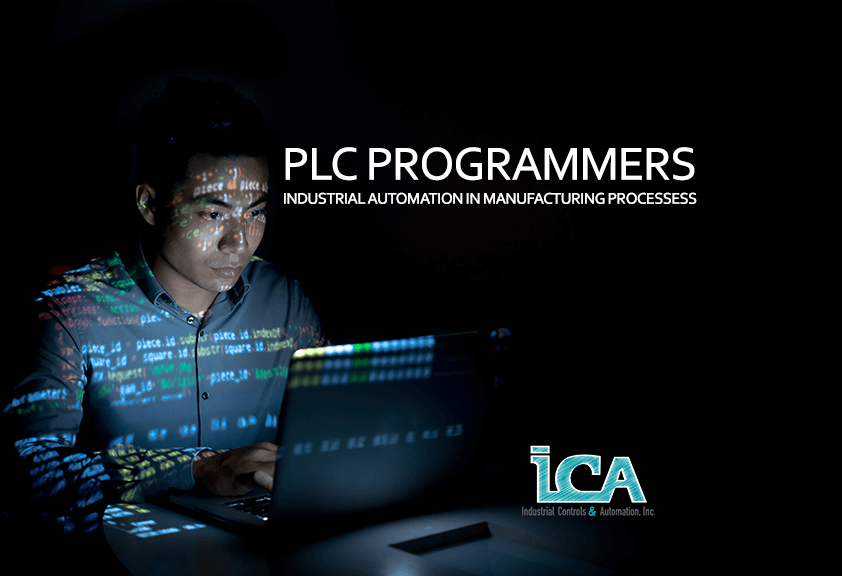Think about all the daily tasks you do. All the modern conveniences and all options you have available to solve problems. Almost everything that came to mind is the result of sophisticated developments. However, these technological innovations would never have happened if it weren’t for these brilliant individuals who design, program, develop, enhance, and maintain these processes. Without automation professionals – PLC Programmers, future innovations would be impossible, and our world would be a very different place.
Automation professionals’ work is essential to the conservation of the safety, well-being, and prosperity of the people, as well as the sustainability and enrichment of our life’s quality.
There are many aspects of automation. Here we will focus on the area of industrial automation in manufacturing processes, and the important role of programmers.
What is a PLC? A Programmable Logic Controller is a small computer that has inputs and outputs, a built-in operating system, and interfaces through which customized user programs can be loaded. A PLC controls the wanted functions of the machine they are connected to. These can be any type of measuring device, light barriers, temperature parameters, and many more. It gets information through inputs (relays, sensors, auxiliary contacts, etc.) and interacts with outputs (conveyor belts, engines, valves, etc.). E.g., if the temperature is below the preferred level of 40 degrees, then turn an engine on.
Therefore, PLC programmers are responsible for the development and maintenance of machines and plants that use programmable logic controllers.
Responsibilities
A PLC programmer designs control programs for electrical machines and systems, mostly in the industrial sector, with the goal of automating processes. For example, a PLC controls the machinery of packing conveyor lines in a frozen food production factory.
Overall, PLC programmers develop and optimize processes; once the process has been fully installed, they do maintenance, fault diagnostics, fix errors, and improve the program. Frequently, they visualize the processes taking place to increase the efficiency of a given system.
Moreover, they also provide customer service and training to clients. They’re in charge of teaching the clients and the workers of the production line how to use and the application of the PLC systems. In addition, they inform the clients of potential conversions. The difficulty of the programing differs depending on the project and company.
Tasks of a PLC programmer
- Design of control and regulation programs
- Development and optimization
- Maintenance and execution of fault diagnostics
- Visualization of processes
- Customer consulting
- Stay updated with every innovation
Things a PLC Programmer Should Know/Do
- Programming using different systems
- Relay Ladder Logic
- Knowledge of control programs
- High sense of responsibility
- Self-sufficient work
- Constantly stay updated with every innovation
PLCs are constantly advancing, and they are being used more than ever in the world and in computer networks. One of the many widely known networks is SCADA. To learn more about SCADA you can visit our blog – SCADA Basics.
Here at ICA, our engineers and programmers are exceptionally trained in many different areas of the automation world. We pride ourselves on their skills and knowledge. Whether you need assistance with a small or a large project, our engineers are more than capable to take on the task.

